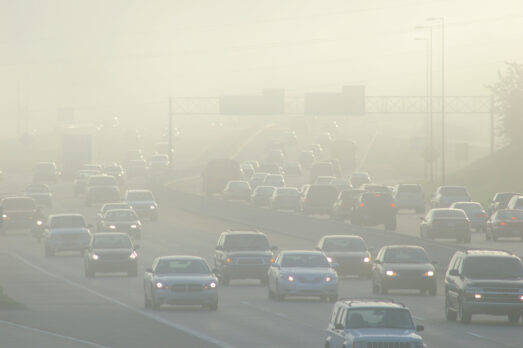
It’s estimated that approximately 8% of the world’s electricity is wasted or lost in the transmission and distribution process that occurs as it travels long distances between a power plant and your outlet. The majority of these losses happen in transformers and power lines where the energy is lost as heat. In some countries, like India, losses can reach as high as 30%, but this is often due to electricity thieves.
To compensate for these energy losses, power plants have to generate more electricity, especially when demand is high, like on hot summer days when everyone is running their ACs. This, in turn, creates even higher electrical losses.
According to the EPA, the electricity generation sector accounts for almost a third of all greenhouse gas emissions into the atmosphere. In the U.S. alone, over 60% of electricity generation still comes from fossil fuel sources (coal, natural gas, petroleum, and other gases).
These greenhouse gas emissions from fossil-fueled power plants are contributing to severe climate impacts, including rising sea levels. A recent study predicts that as sea levels rise, thousands of islands will be afflicted by frequent flooding, lack of freshwater and damage to infrastructure, making most low-lying islands uninhabitable by 2050 and displacing millions of people.
At least eight islands in the Pacific Ocean have already disappeared. And a study from 2017 showed that greenhouse gases can cause sea levels to continue to rise for hundreds of years after the pollutants have been cleared from the atmosphere.
So what can be done to minimize wasted and lost energy?
Electrical grid engineers are working on technologies like superconducting materials that could essentially reduce electricity transmission and distribution losses to zero. For now, the cost of these technologies is much higher than the money lost by utility companies through their existing leaky power lines.
In the meantime, a more economical solution to reduce transmission and distribution losses is to change how and when we use power. Utilities are experimenting with ways to spread out electricity use more evenly to minimize losses, a process known as “distributed generation.” This is when electricity is generated from multiple energy sources, often including renewables, near the point of use instead of centralized generation sources from power plants.
Distributed generation may serve a single structure, such as a home or business, or it may be part of a microgrid or smaller grid that is also tied into the larger electricity delivery system.
Learn more @ Itron

Extreme heat events are getting more frequent and more intense. Globally, heat kills more people than any other natural disaster.…

Annual global bottled water consumption is estimated to have reached 118 billion gallons in 2023. That’s equivalent to 1 million…

The world is driving towards a new era of electric transportation. This is good news for fighting the climate crisis,…